 spieth10@spiethstorage.com
spieth10@spiethstorage.com +8615259233328
+8615259233328
LATEST NEWS
-
Time:4/29/2024
-
Time:4/19/2024
-
Time:4/1/2024
-
Time:3/29/2024
CONTACT US
-
 Tel : +8615259233328
Tel : +8615259233328
-
 E-mail : spieth10@spiethstorage.com
E-mail : spieth10@spiethstorage.com
-
 Address : Tongan Park, Tongan District, Xiamen, China 361023
Address : Tongan Park, Tongan District, Xiamen, China 361023
Industry News
How to increase the safety of heavy-duty racks?
 Time:1/19/2024
Time:1/19/2024 284
284Share:
Heavy-duty racks play an important role in the logistics and warehousing fields. To ensure the safe use of the warehouse racks, certain safety measures need to be taken. Today we will discuss how to increase the safety of heavy-duty racks, including strengthening design, rational use, regular maintenance, etc.
Overview of heavy-duty racks
Heavy-duty racks, also known as large warehouse racks, heavy-duty storage racks, etc., are racks specially used to store heavy goods. Heavy-duty racking often carries larger loads, so safety becomes a key concern. The safety of heavy-duty racks includes not only the load-bearing capacity of the warehouse racks, but also the stability, corrosion resistance and fire resistance of the racks.

How to increase the safety of heavy-duty racks
1. Design stage(1) Warehouse rack structure design:
The structural design of heavy-duty racks should fully consider the load-bearing capacity and stability of the racks. The racks should be made of appropriate materials, such as Q235 steel, to ensure sufficient strength and stiffness. In addition, the cross-sectional shape and size of the rack should be selected according to the characteristics of the stored items to meet the load-bearing requirements of the rack.
(2) Support system design:
The support system of heavy-duty racks is crucial to the stability of the racks. racks should use appropriate support systems, such as corbel supports, channel steel supports, etc. The support system should be designed according to the load-bearing capacity and usage environment of the warehouse rack to ensure the stability and safety of the rack.
2. Use stage
(1) Reasonable loading:
Heavy-duty racks should follow reasonable loading principles, that is, the weight of the goods should be evenly distributed on each support point of the rack to reduce the stress on the rack. Also, be careful to avoid overloading, which can damage the racks.
(2) Regular adjustments:
Heavy-duty racks should be adjusted and maintained regularly to ensure the stability and safety of the racks. Adjustment and maintenance include overturning adjustment of racks, adjustment of cargo rack height, etc.
(3) Correct operation:
The correct operation of heavy-duty racks will help improve the safety of the racks. Relevant safety operating procedures should be followed during operation. For example, when using forklifts and other equipment to transport goods, ensure that the distance between the forklift and the rack is appropriate.
3. Maintenance phase
(1) Regular inspection:
Heavy-duty racks should undergo regular safety inspections and maintenance, including inspection of the welds, connections, support systems, etc. of the racks. If there are any problems, they should be repaired in time to ensure the safe use of the racks.
(2) Take protective measures:
Protective measures should be taken for heavy-duty racks, such as using dense metal grids, isolation boards, etc., to prevent goods from damaging the racks or reducing the corrosion resistance of the racks.
(3) Cleaning and maintenance:
Heavy-duty racks should be kept clean and well-maintained to extend the rack life. Regularly clean the dust and dirt on the racks to ensure the normal use of the racks.
The above is an introduction on how to increase the safety of heavy-duty racks. I hope it can help companies that are preparing to purchase heavy-duty racks. For specific design planning, you must find a professional manufacturer. If you want to know about the design of heavy-duty racks, please contact us.
ONLINE SERVICE
-

-
 +8615259233328
+8615259233328
 0
0
Browsing History







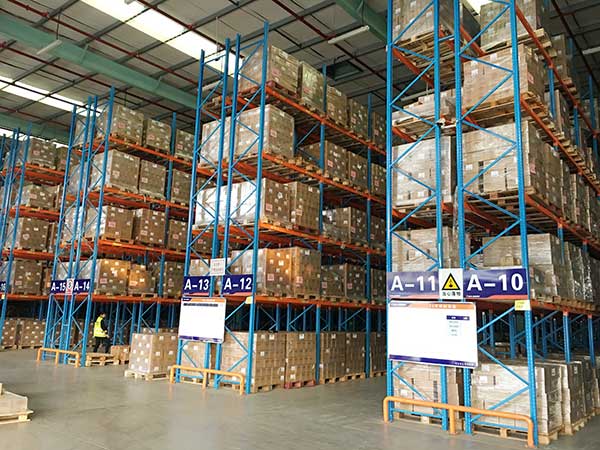
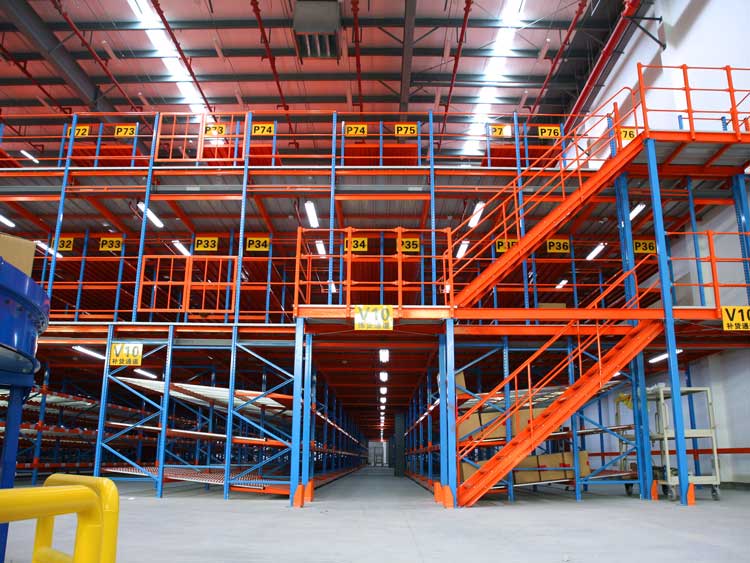
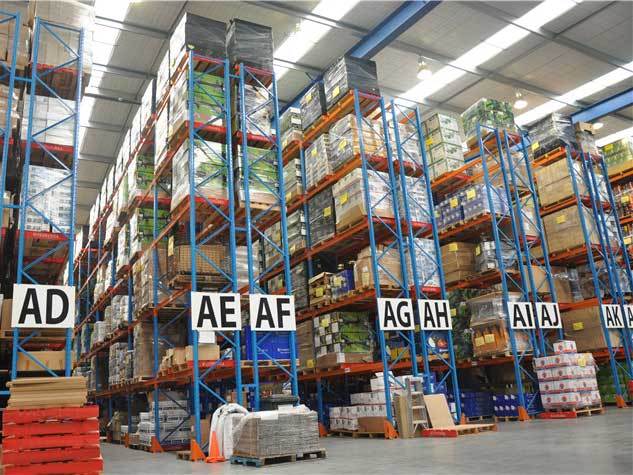
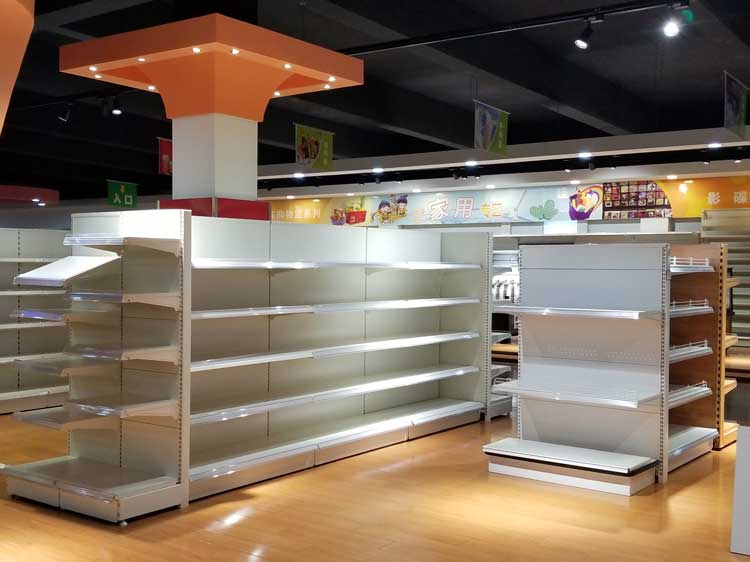
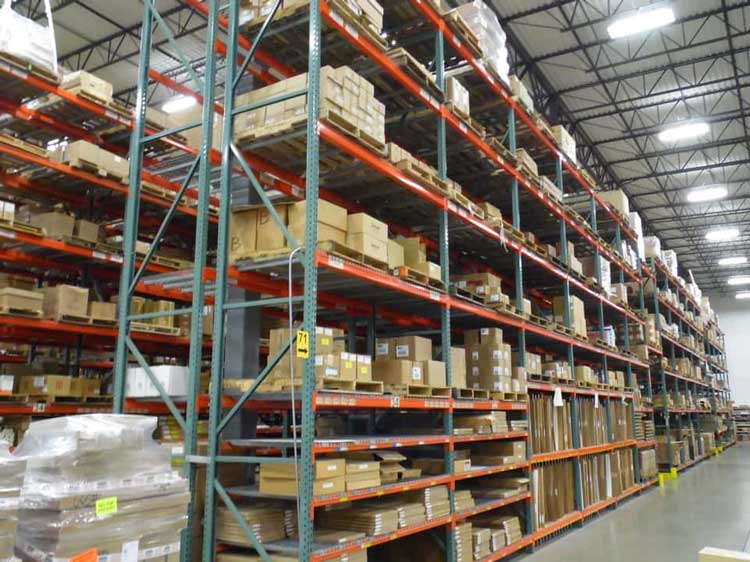






 Link:
Link:




